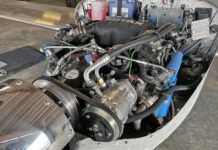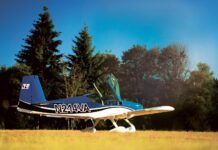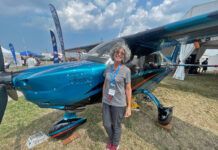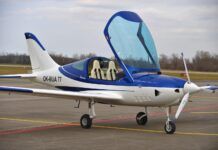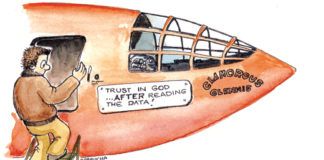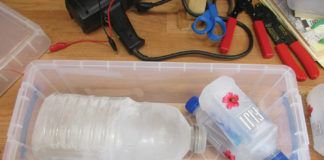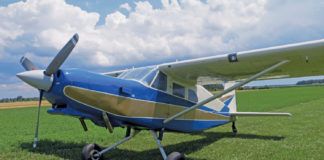The aircraft that pilots Mike Blyth and James Pitman used to circumnavigate the globe last year, the Airplane Factory Sling, crashed during spin testing off the South African Kwa-Zulu coast on February 13. Both test pilots survived, but the airplane was destroyed.
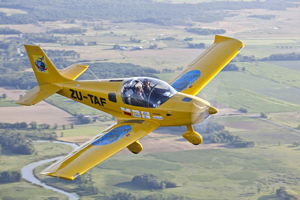
In view of the aircraft’s performance well beyond 1320 pounds, a decision was made to certify the Sling not only in accordance with the ASTM LSA standard, but also to 1543 pounds. This required further flight testing which could be performed at the same time as spin testing, which had not yet been completed. The company arranged for a qualified test pilot, Carlos Garcia-Cabral, and his colleague, Shaun Fraser, to perform spin testing from Virginia Airport in Durban. A progressive spin program was agreed incorporating discretion for the pilot to determine appropriate incremental steps and safety requirements.
During the first spin-test flight the aircraft proved to recover immediately and predictably from incipient, one turn and one and a half turn spins, using conventional control inputs. The test pilot then requested that the CG of the aircraft be moved backward to its midpoint, the fuel quantity be increased and a second test pilot fly the next test with him so as to monitor and record the recovery with a film camera. The aircraft was lost during this follow-up flight.
The pilots reported after the accident that in the new configuration the aircraft also initially recovered from incipient, one and one and a half turn spins, including spins in which incorrect control and throttle inputs were intentionally used. The recovery characteristics of the aircraft from these spins led the pilots to believe that they could safely test it to two full turns, which they attempted. Following successful recovery from initial two-turn spins, in the final spin of the flight the spin flattened, and notwithstanding their efforts, the pilots were unable to recover the aircraft in the available altitude.
The agreed spin test protocol provided for the implementation of emergency procedures at 4000 feet AGL. At that altitude the engine was cut and the ballistic parachute deployed. Although the ballistic rocket fired, it failed to pull the packed chute through the parachute cover. It would appear that the weight of the chute and its shape was such that the force required was too great to breach the cover, which subsequent consideration suggests was fastened too firmly. This design is being addressed and testing will be performed.
Notwithstanding the failure of the ballistic ’chute, both pilots were able to exit the aircraft cockpit and deploy their emergency parachutes. Unfortunately, the force with which Garcia-Cabral’s canopy deployed caused him to suffer whiplash, which fractured two vertebrae. Fortunately, he appears to have suffered little or no nerve damage and is expected to make a full recovery, the company says.
Following the pilots’ exit from the aircraft it recovered from the spin and hit the sea in a gliding turn to the right. Although the aircraft remained intact and floated for approximately 2 hours, the search and rescue services did not attach a rope to it before it sank below the surface. The ocean current subsequently moved the aircraft and some six days later it has still not been found.
The company says it expects to have a new aircraft flying soon and will continue to develop and sell the best, safest and most comprehensively tested aircraft available.


